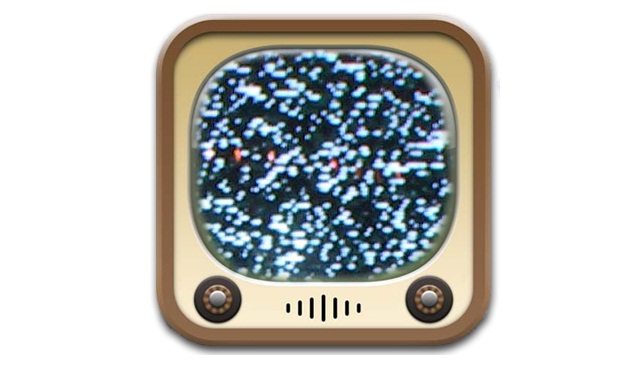

Google has beaten Apple to the punch after it released its stand-alone YouTube player app for Apple’s iPhones and iPod Touch devices.
The move means that Apple users will be able to continue to watch videos on their devices after Apple drops native YouTube capabilities from its upcoming new operating system, iOS 6.
Google unveiled the new player in a 11 September post on the Google YouTube blog. A version of the YouTube player for iPads is still being optimised and will be released “in the coming months,” according to Google.
The new app replaces the YouTube product that formerly was built natively by Apple into older versions of iOS since the debut of the iPhone in 2007. In August, Apple announced that it would drop built-in YouTube support from its iOS 6 Beta 4 device operating system. Apple at the time told users that its licensing arrangement with YouTube was ending and that Google would be releasing a stand-alone version of the YouTube player that would be offered in Apple’s App Store. YouTube as a built-in service in iOS will end with iOS 5.
The new add-on app includes several new features, such as a new YouTube Channel Guide on the left edge of the screen to help find content, to more quickly search tools that give viewing suggestions and more content options. Users can also share videos with friends more easily using new tools that allow sharing on Google+, Facebook, Twitter or through text messages and email.
YouTube presently gets about 1 billion views from mobile users a day, according to Google.
When YouTube debuted on iPhones, it appeared before there even was an Apple App Store, giving the YouTube and Apple an early opportunity to work together on the emerging feature.
Apple developed the built-in YouTube service using YouTube’s APIs to blend the service into iOS seamlessly. The partners at that time signed a five-year agreement for the service, which recently expired.
A major benefit of the new stand-alone app, according to a YouTube spokesman, is that Apple device users will now have access to more content than they had previously. In implementing YouTube as part of iOS in past versions, Apple didn’t permit ad-sponsored content to be viewed, which kept users from seeing many forms of content, said the spokesman.
That content, including ad-supported music videos and more, will be viewable on Apple devices through the stand-alone player.
For months, analysts and media watchers have been observing similar moves between Apple and Google and pointing to an increasing level of animosity between the two companies. Before Apple announced its intent to drop YouTube from iOS 6, it unveiled plans in May to dump Google Maps from iOS and replace the service with its own mapping services.
Apple and Google appear to have taken on a more adversarial tone since Google developed Android, which is continuing to gain market share and users. At the same time, though, it is notable that the new YouTube app is being offered through Apple’s own App Store.
How closely have you been following the evolution of the iPhone? Take our quiz!
Originally published on eWeek.
American space agency prepares for testing of Boeing's Starliner, to ensure it has two space…
As UK and Europe develop closer military ties, European Commission says it will invest €1.3…
Zuckerberg seeks to revive Facebook's original spirit, as Meta launches Facebook Friends tab, so users…
Notable development for Meta, after appeal against 2021 WhatsApp privacy fine is backed by advisor…
First sign of shake-up under new CEO Lip-Bu Tan? Three Intel board members confirm they…
Trump's nominee for SEC Chairman, Paul Atkins, has pledged a “rational, coherent, and principled approach”…